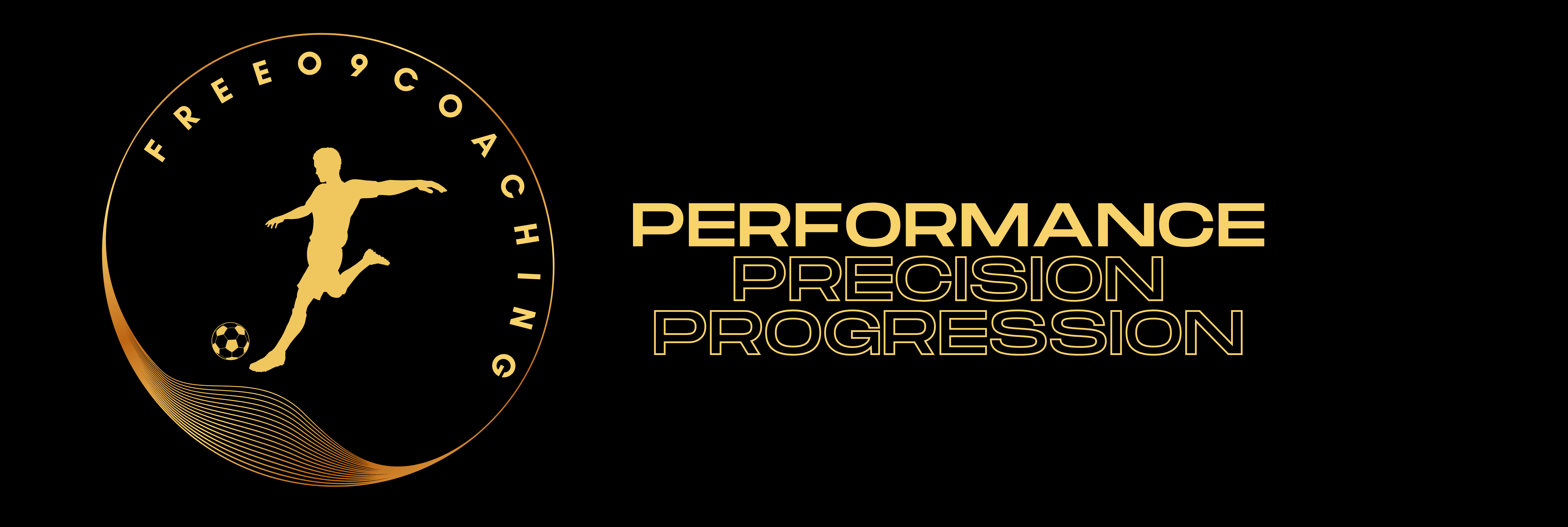Pre-Season already!!! I don’t want to think about that I need a rest.
As we approach yet another end to another season it is time to reflect on success, failures and future improvements before a well-earned break is taken.
However, as coaches, we never really switch off completely as we may be considering what our pre-season is going to look like before we embark on another long season of ups and downs.
Introduction
As a soccer coach, you undoubtedly recognise the crucial role that a well-structured pre-season training program plays in laying the groundwork for a successful season.
The pre-season phase is a critical time for your team, as it provides an opportunity to build fitness levels, enhance individual skills, foster team chemistry, and develop a solid understanding of tactical strategies.
By implementing a comprehensive pre-season plan, you can maximise your team’s potential and set them up for a winning campaign. In this article, we will provide you with valuable guidance on how to develop an effective pre-season training program that includes all the necessary elements to ensure your team’s success.
By following these recommendations, you will be equipped with the tools to create a training program that optimally prepares your players physically, mentally, and tactically for the challenges that lie ahead.
So let’s dive in and explore the key components of a successful pre-season training program that will give your team the competitive edge they need.

Assessing Your Team’s Needs
This is a fundamental step in effective planning, as it allows you to gain valuable insights into your team’s current state and identify areas that require attention.
By conducting fitness tests, evaluating technical and tactical abilities, and pinpointing areas that need improvement, you can develop a comprehensive understanding of your team’s strengths and weaknesses.
Fitness tests play a vital role in assessing your team’s physical capabilities. These tests can include measurements of speed, agility, endurance, and overall fitness levels.
By evaluating these aspects, you can determine if your team members have the necessary stamina to maintain their performance throughout a game or match.
This assessment can reveal any deficiencies in endurance, highlighting the need for specific training to improve their overall fitness and stamina levels.
Technical and tactical abilities are equally important aspects to assess. Technical skills encompass a player’s techniques, such as passing accuracy, shooting proficiency, ball control, and dribbling skills.
Evaluating these abilities allows you to identify any areas where your team may be lacking or struggling. For example, you might discover that your team struggles with passing accuracy, which can impact their ability to maintain possession and execute effective plays.
This assessment provides valuable information that can guide you in designing training sessions focused on improving passing accuracy through practices and exercises.
Tactical abilities refer to a team’s understanding and execution of strategies, formations, and game plans. Assessing your team’s tactical abilities involves observing their decision-making skills, positioning on the field, and ability to adapt to different game situations.
Identifying any weaknesses in this area can help you tailor your training sessions to address specific tactical challenges your team may face.
For instance, if you notice that your team struggles with defensive organisation, you can focus on practices that enhance their defensive coordination and positioning.
By conducting thorough assessments, you can gather the necessary data to create targeted training sessions that address your team’s specific needs.
This approach enables you to maximise your training and development efforts, leading to big improvements in your team’s performance.
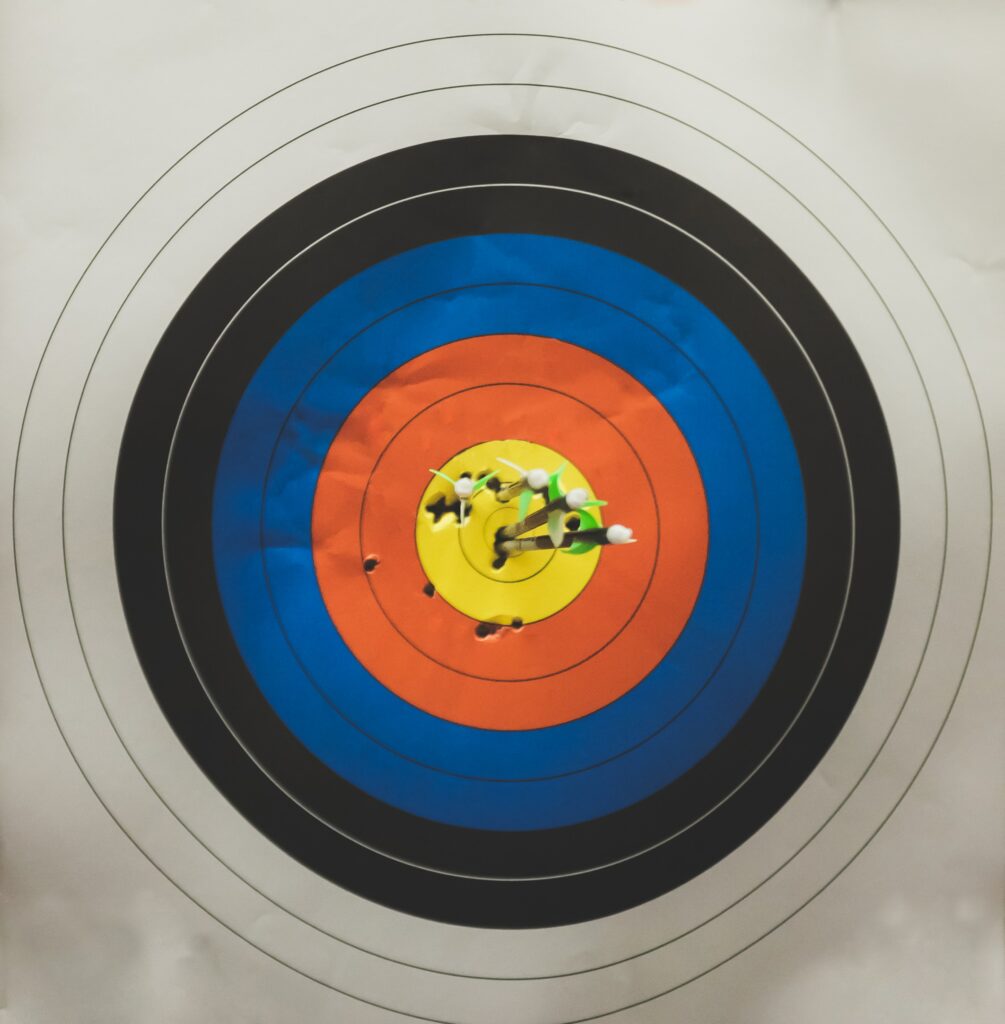
Setting Clear Goals
Setting clear and measurable goals is an essential aspect of effective pre-season preparation. You can give your players a framework to work towards and make sure everyone is on the same page by setting clear goals for both the individual and the team.
Not only does this promote a sense of direction, but it also helps to motivate your players by giving them something tangible to work towards.
When setting goals for the pre-season, it’s important to consider different areas of focus, such as fitness levels, skill development, and tactical understanding.
By addressing these aspects, you can holistically improve your team’s performance and set them up for success in the upcoming season.
For instance, one team-oriented goal could be to enhance possession play by increasing the team’s passing accuracy rate. This goal is clear and measurable, as you can track the percentage of successful passes during training sessions and friendly matches.
When focusing on improving passing accuracy, you encourage your players to enhance their technical skills and develop a better understanding of positional play.
To effectively implement these goals, clear communication is key. Clearly articulate the objectives to your players, explaining why they are important and how achieving them will benefit the team.
Make sure your players understand the significance of each goal and how it relates to overall team success.
Additionally, tracking the progress towards these goals is crucial. Regularly assess and evaluate your players’ development throughout the pre-season.
This can be accomplished through performance evaluations, observations, and feedback. You can establish a good and motivated environment for continual improvement by providing constructive feedback and acknowledging their progress.
By setting clear and measurable goals, communicating them effectively, and regularly tracking progress, you create a roadmap for your players’ pre-season training.
This approach instils a sense of purpose and direction, boosting motivation and focus. As a result, your team will be better prepared physically, technically, and tactically for the challenges of the upcoming season.
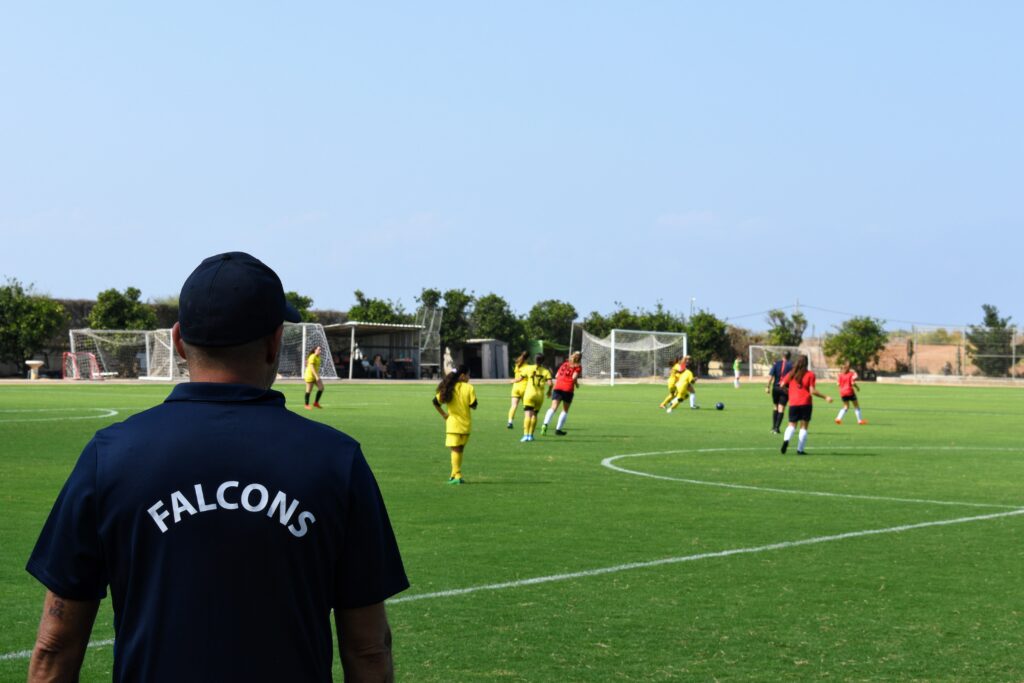
Designing the Training Sessions
a) Warm-up and Injury Prevention: It is crucial to start each training session with a dynamic warm-up routine to prepare the players physically and mentally.
This routine should include exercises that activate the specific muscles used in soccer, such as leg swings, high knees, and hip rotations.
Additionally, incorporating injury prevention exercises is essential to minimise the risk of common soccer injuries.
Exercises like lunges, hamstring stretches, and ankle mobility exercises can help improve flexibility and stability, and reduce the likelihood of sprains or strains. For more information on warm-ups click here,
b) Fitness and Conditioning: A well-rounded fitness regimen is vital for soccer players to perform at their best. It should include components such as cardiovascular endurance, strength training, agility, and speed sessions.
For instance, incorporating interval training sessions into the training program can be highly effective. During these sessions, players alternate between high-intensity sprints and active recovery periods.
This helps improve cardiovascular fitness, anaerobic capacity, and overall stamina. Gradually increasing the intensity and duration of these exercises over time allows for a progressive adaptation, while still considering the players’ fitness levels and minimising the risk of injuries. To learn more about fitness click here.
c) Technical Skills Development: Developing strong technical skills is fundamental for soccer players to excel on the field. Training sessions should include drills and exercises that improve passing, dribbling, shooting, and ball control.
It is important to design these activities in a way that simulates game-like situations, as this promotes decision-making and quick thinking.
For example, a passing practice can be set up where players have to complete a certain number of accurate passes within a given time limit, encouraging them to maintain composure and precision under pressure.
By consistently practising these technical skills, players can enhance their overall performance during matches.
d) Tactical Understanding: Alongside technical skills, tactical understanding plays a vital role in a team’s success. Incorporating structured drills and small-sided games can help introduce and reinforce tactical concepts.
It is crucial to emphasise team formations, positioning, and game strategies during these sessions. For example, a small-sided game can be designed to focus on maintaining possession and switching play.
This session will improve players’ tactical awareness, decision-making abilities under pressure, and understanding of how to work as a team.
By regularly engaging in these tactical exercises, players can develop a deeper understanding of the game and improve their overall performance on the field.
Overall, designing training sessions that encompass warm-up and injury prevention, fitness and conditioning, technical skills development, and tactical understanding is essential for the holistic growth of soccer players.
By structuring sessions progressively and engagingly, coaches can help their players maximise their potential and excel in the beautiful game of soccer. For more ideas about planning sessions click here
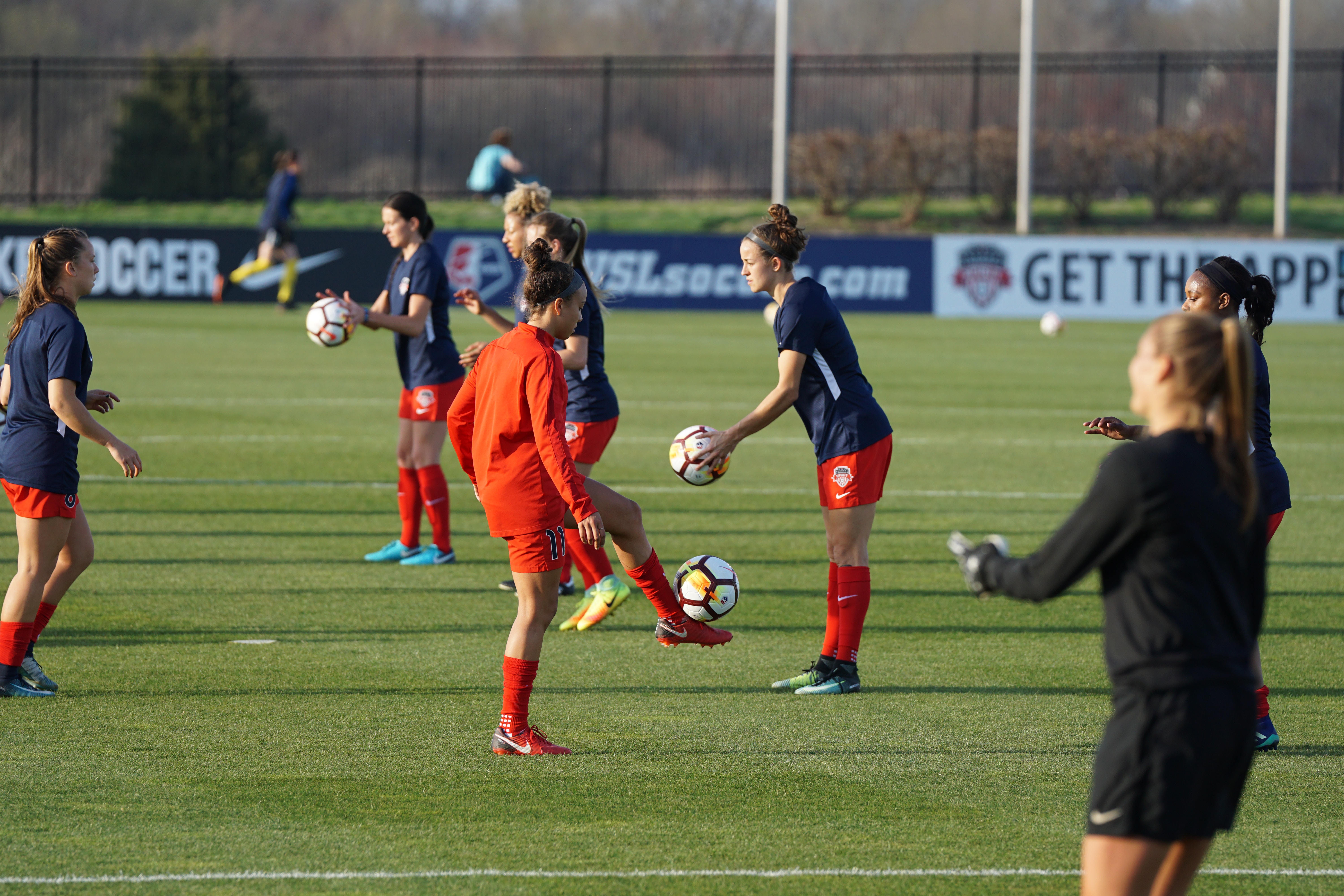
Creating Variation and Progression
This is a crucial aspect of keeping players engaged and motivated.
By introducing new drills, modifying existing ones, and gradually increasing the difficulty level, coaches can ensure that their players are constantly challenged and pushed to their limits.
Not only does this prevent boredom, but it also allows players to develop their skills and abilities progressively.
One effective way to incorporate variation and progression is to start with basic sessions and then gradually advance to more complex exercises.
For example, when working on passing skills, coaches can begin with simple passing drills that focus on technique and accuracy.
As the players become more proficient, the coach can introduce variations such as adding movement or increasing the speed of the passes.
This adds a new element of challenge and helps players develop their decision-making abilities and adaptability in different game situations.
Modifying existing sessions is another way to create variation and progression. Coaches can tweak the parameters of the practice to change the focus or add new challenges.
For instance, if the original session involves passing in a stationary position, the coach can modify it by incorporating movement or adding defenders to create a more game-like scenario.
This not only keeps the practice fresh and interesting but also helps players transfer their skills to real-match situations.
Gradually increasing the difficulty level is essential for continuous improvement. Coaches can do this by progressively raising the bar in terms of physical demands, technical skills, or tactical awareness.
By incorporating variation and progression into the training program, coaches can create a dynamic and stimulating environment for their players.
It helps to prevent monotony, as players are constantly exposed to new challenges and exercises. Moreover, this approach keeps players motivated as they witness their growth and improvement.
The sense of accomplishment derived from overcoming progressively more difficult tasks contributes to their overall development as athletes.
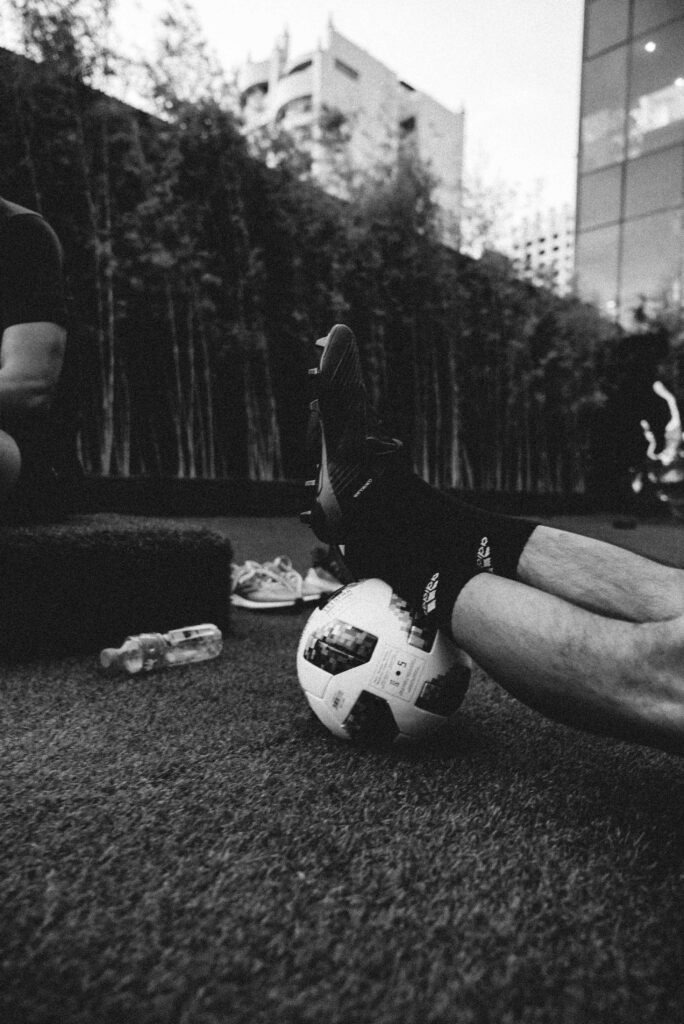
Incorporating Rest and Recovery
Ensuring there is sufficient rest and recovery in your training program is crucial for the overall well-being and success of your team.
While it may be tempting to push your players to their limits every day, overtraining can have detrimental effects, including fatigue and injuries.
By prioritising rest and recovery, you can help your team achieve optimal performance and prevent setbacks.
One effective strategy is to designate specific rest days within your training schedule. These rest days should be non-negotiable and treated with the same importance as any other training session.
Allowing the body time to recuperate and recharge is essential for muscle repair and growth, as well as mental rejuvenation. These rest days provide a valuable opportunity for players to recharge their batteries and come back stronger.
In addition to rest days, it’s beneficial to include low-intensity sessions in your training program. These sessions provide active recovery and allow players to engage in lighter activities that promote blood circulation and muscle relaxation.
Low-intensity exercises like light jogging, swimming, or yoga can help reduce muscle soreness and stiffness, aiding in the recovery process.
It’s equally important to educate your players about the significance of proper recovery strategies. Encourage them to focus on activities like stretching, which helps improve flexibility and prevent muscle imbalances.
Emphasise the importance of staying hydrated throughout the day, as dehydration can negatively impact performance and recovery.
Adequate sleep should also be stressed, as it plays a vital role in the body’s repair processes and cognitive function.
Promote open communication within your team, encouraging players to listen to their bodies and speak up about any signs of fatigue or discomfort.
Each player’s response to training will differ, so it’s essential to create an environment where they feel comfortable sharing their concerns. By addressing these issues promptly, you can prevent them from escalating into more severe problems.
By incorporating rest and recovery into your training program, you are investing in the long-term success of your team.
Not only will it help reduce the risk of injuries, but it will also improve performance by ensuring that players are well-rested, mentally focused, and physically prepared.
So, take the time to design a balanced program that allows for rest and recovery, and watch as your team thrives both on and off the field.
Building Team Chemistry

Team chemistry is a crucial aspect of any successful sports team, and the pre-season period presents an ideal opportunity to lay the foundation for strong player relationships. For more information click here.
By organising team-building activities that promote communication, trust, and unity, coaches and team leaders can foster a positive and cohesive team dynamic.
One effective approach to team building is to plan engaging activities that go beyond the boundaries of the sport itself. By incorporating non-soccer-related challenges or events into the pre-season schedule, players have the chance to interact with each other in a different context.
This allows them to connect on a more personal level, strengthening their bonds and enhancing their ability to work together on the field.
As an example, you could organise a team bonding session where players participate in group challenges or team dinners. These activities provide a relaxed and enjoyable environment where players can interact, share experiences, and build trust.
Group challenges can involve problem-solving tasks or physical activities that require cooperation and communication.
Such challenges not only encourage teamwork but also help teammates understand each other’s strengths and weaknesses, fostering a sense of unity and appreciation for individual contributions.
In addition to specific team-building activities, it is crucial to create an atmosphere of open communication and support throughout the pre-season.
Players should feel comfortable expressing themselves and offering their perspectives without fear of judgment or criticism.
By actively encouraging open dialogue, coaches can facilitate the sharing of ideas, concerns, and strategies, leading to a more collaborative team environment.
Furthermore, coaches and team leaders need to lead by example and demonstrate the values they want to instil in the team.
Encourage respectful communication, active listening, and constructive feedback among players. By modelling these behaviours, coaches can set the tone for a supportive and inclusive team culture.
Ultimately, building team chemistry during the pre-season requires a combination of planning, engaging activities, and a supportive environment.
By promoting communication, trust, and unity through team-building exercises and fostering open dialogue, coaches and team leaders can cultivate a positive and cohesive team dynamic that will contribute to the team’s success throughout the season.
Monitoring and Evaluation

By regularly monitoring and evaluating the progress of your team, you can gain valuable insights into their performance and make necessary adjustments to maximise their potential.
One important aspect of monitoring and evaluation is collecting feedback from the players themselves. By actively seeking their input, you create a culture of open communication and empowerment within the team.
Encourage the players to share their thoughts on the training sessions, including what they find effective and any areas where they feel they need additional support.
Their feedback can provide valuable perspectives and help you tailor the training program to meet their specific needs.
Assessing the players’ performance during training sessions is another vital component of monitoring and evaluation. Observe their execution of skills, their level of engagement, and their overall progress.
Identify any areas where they might be struggling or not performing at their best, and develop strategies to address these shortcomings.
This could involve providing individualised coaching, organising additional training sessions, or adjusting the training program as a whole.
While monitoring and evaluating the team’s progress during training sessions is essential, it’s equally important to assess their performance in match situations.
Friendly games or small-sided games provide valuable opportunities to observe how well the team is applying the skills and tactics they’ve learned in training.
Analyse their performance during these games to identify any gaps between training and actual match situations.
This analysis will help you understand if there are any adjustments or modifications required in the training program to better prepare the team for competitive matches.
By implementing a system of continuous monitoring and evaluation, you ensure that the pre-season training program remains effective and aligned with the team’s goals.
It allows you to make timely adjustments and improvements based on the feedback and performance data collected. This repetitive process enables the team to grow, develop, and enhance their overall performance through the pre-season training program.
Conclusion
The significance of a successful pre-season training program cannot be overstated when it comes to laying the foundation for a triumphant soccer season.
By following the steps and recommendations outlined in this article, you can craft a comprehensive program that not only caters to your team’s unique requirements but also effectively enhances their skills, elevates their fitness levels, and fosters a cohesive and harmonious team environment.
One of the most critical aspects of a pre-season training program is its ability to address the specific needs of your team.
After conducting a thorough assessment of your players’ abilities, strengths, and weaknesses, you can tailor the training sessions to focus on areas that require improvement.
Whether it’s refining technical skills, enhancing tactical awareness, or improving physical fitness, a personalised approach will yield the best results.
Moreover, the program should aim to enhance the overall skill set of your players. This can be achieved through a combination of targeted sessions, practice matches, and individual skill development exercises.
By incorporating a variety of training methods, you can ensure that your team members have a well-rounded skill set that enables them to excel in various game situations.
In summary, a well-designed pre-season training program is the key to unlocking your team’s potential and achieving success on the soccer field.
When focusing on their specific needs, enhancing their skills and fitness levels, and fostering a cohesive team environment, you are setting the stage for your team to excel and reach their goals.
Embrace the challenges, maintain a positive and informative tone, and watch your team thrive throughout the season. Best of luck!
